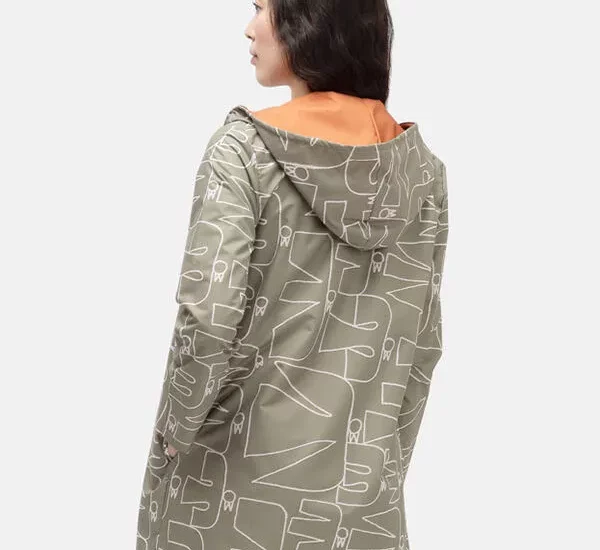In a world where sustainability has become a buzzword, it’s time to uncover the rising stars of the fashion industry – sustainable clothing materials. These innovative alternatives are changing the game, offering a path to guilt-free fashion without compromising style. Join us as we delve into the exciting world of sustainable clothing materials and explore their impact on the environment, the benefits they bring, and the future they hold.
Understanding Sustainable Fashion
Sustainable fashion is more than just a passing trend—it’s a movement that seeks to minimize the negative impact of the fashion industry on our planet. By opting for sustainable clothing materials, we can significantly reduce the carbon footprint associated with our clothing choices. From the cultivation of raw materials to the manufacturing process, these materials offer a greener approach to fashion, prioritizing eco-consciousness without sacrificing style or quality.
Evolution of Clothing Materials
The rise of sustainable clothing materials has come as a response to the negative environmental consequences of traditional materials. While materials like polyester and conventional cotton dominate the fashion landscape, sustainable alternatives are gaining momentum. By shifting our focus to these innovative materials, we can embrace a more environmentally friendly approach to clothing production.
Exploring Sustainable Natural Fibers
Organic cotton, a darling of sustainable fashion, combines eco-friendliness with unparalleled comfort. Its cultivation avoids the use of harmful pesticides, promoting healthier soil and water systems. Hemp, another versatile natural fiber, offers sustainability and durability, making it a fantastic choice for a wide range of clothing applications.
Meanwhile, bamboo fabric delights with its softness and sustainability, as it grows quickly and requires minimal resources. Lastly, linen steals the show with its breathability, durability, and eco-friendly nature, proving that style and sustainability can go hand in hand.
Revolutionizing Materials: Recycled and Upcycled Options
One of the most exciting developments in sustainable fashion is the rise of recycled polyester. By transforming plastic waste into fashionable clothing, this material offers a second life to single-use plastics and helps combat the global plastic pollution crisis.
In addition, designers are creatively repurposing discarded fabrics and materials, breathing new life into what was once considered waste. These recycled and upcycled options are pushing the boundaries of sustainable fashion, showing that innovative design can be born out of environmental consciousness.
Sustainable Manufacturing Processes
Sustainable clothing materials are just one piece of the puzzle. The manufacturing processes behind these materials play a crucial role in reducing their environmental impact. Sustainable dyeing and printing techniques, for instance, minimize water usage and avoid harmful chemicals, ensuring that fashion can be colorful without leaving a heavy ecological footprint.
Efficient production methods further minimize waste, while ethical sourcing and fair trade practices guarantee that workers are treated fairly throughout the supply chain. Transparency is key, and tracing the journey of sustainable materials allows consumers to make informed choices that align with their values.
Designers and Brands Leading the Way

In the world of sustainable fashion, designers and brands are leading the charge towards a greener future. Visionary designers are creating eco-conscious collections that marry style with sustainability. Brands like Contrado is at the forefront, championing the use of sustainable materials and ensuring their products are ethically produced.
Moreover, collaborations between designers and material innovators are driving innovation, pushing the boundaries of what sustainable fashion can achieve.
The Impact of Sustainable Clothing Materials
The impact of sustainable clothing materials is far-reaching. By reducing water usage, carbon emissions, and waste generation, these materials significantly contribute to a healthier planet.
The power lies in the hands of consumers. By consciously choosing sustainable fashion, individuals can support the movement and drive change within the industry. Each purchase becomes an opportunity to make a positive difference.
Conclusion
As we wrap up our exploration of sustainable clothing materials, we invite you to join the movement and make sustainable fashion choices. The rise of these materials brings hope for a brighter future, where style and sustainability coexist harmoniously. By embracing eco-friendly materials, supporting innovative designers and brands, and making conscious consumer choices, we can become catalysts for change in the fashion industry.
Together, let’s shape a future where fashion is not just beautiful, but also responsible and kind to our planet.







